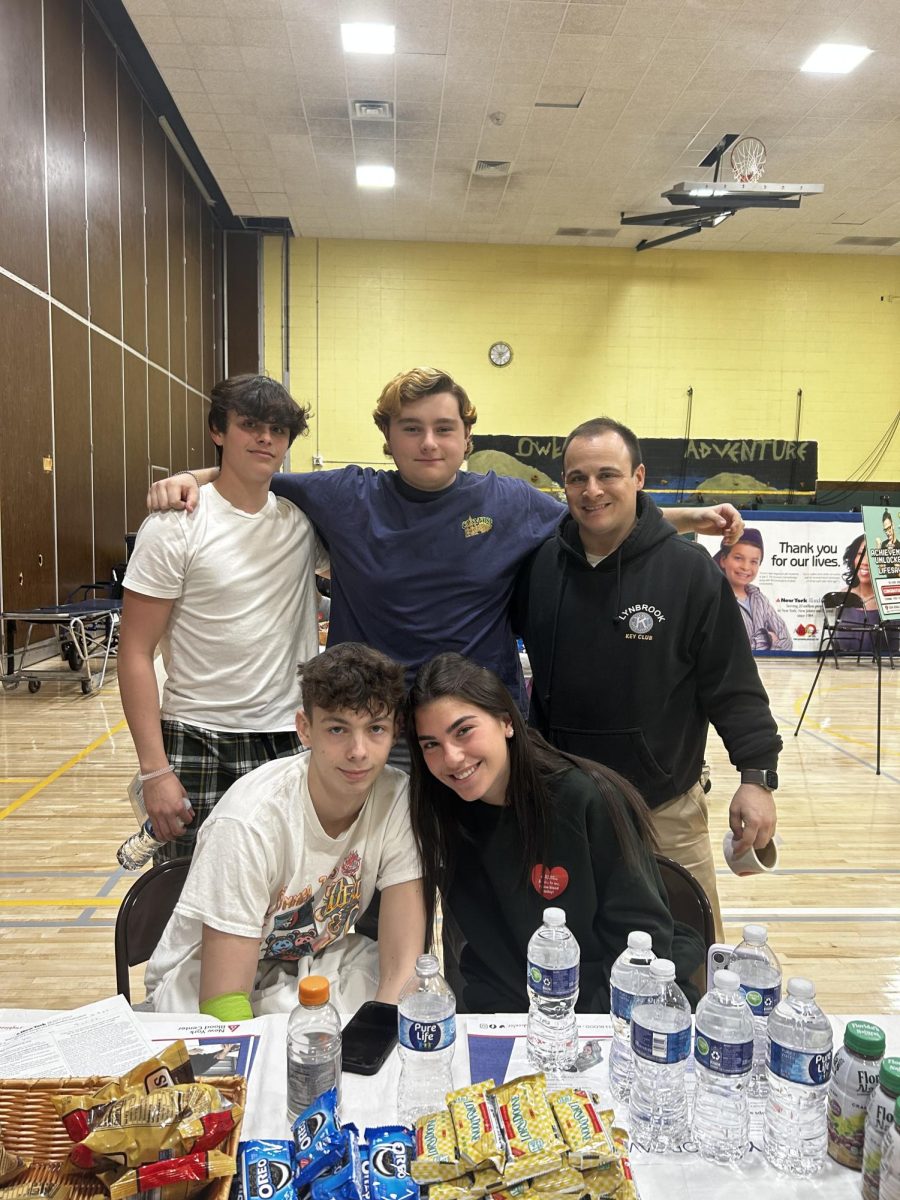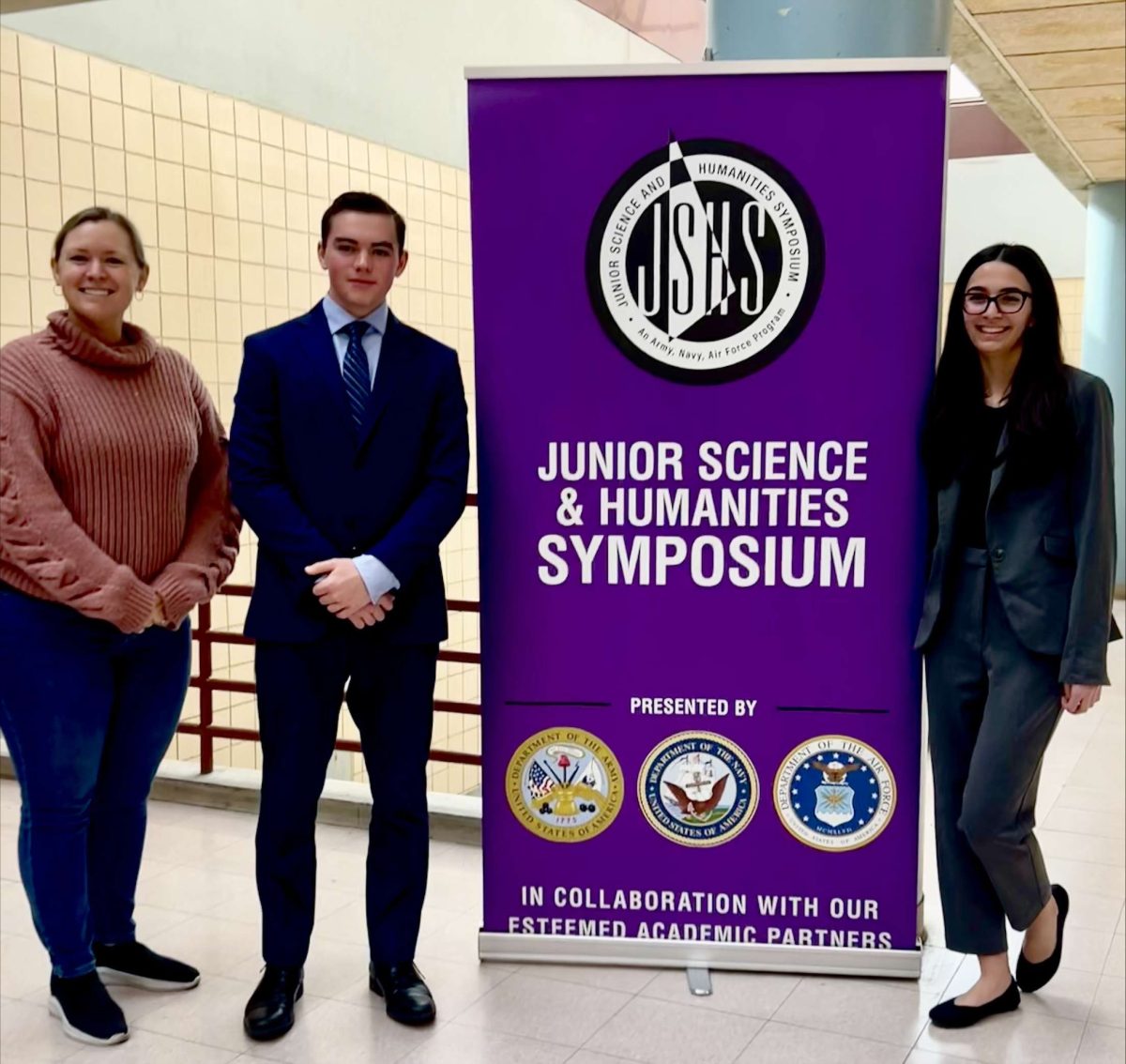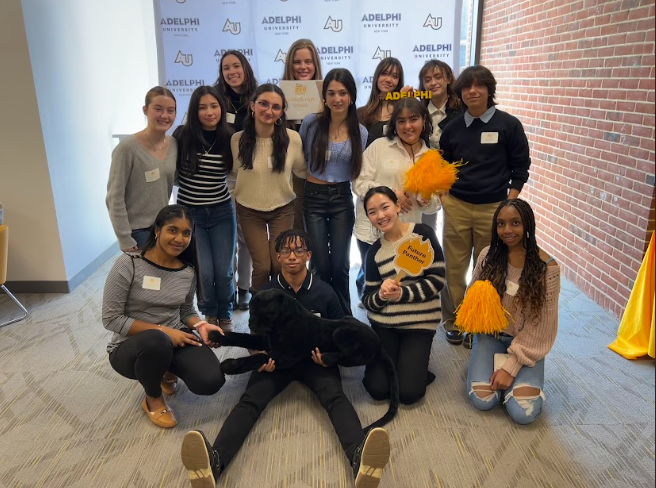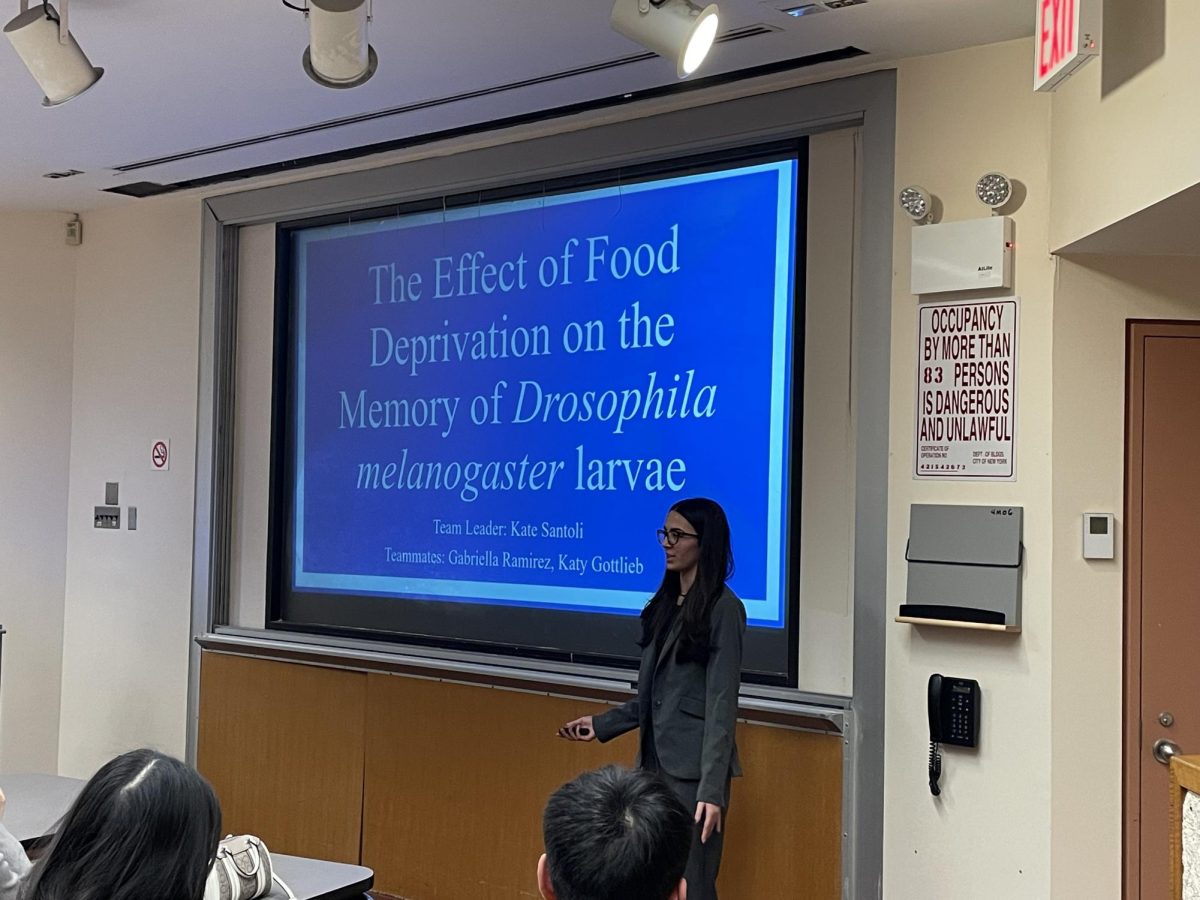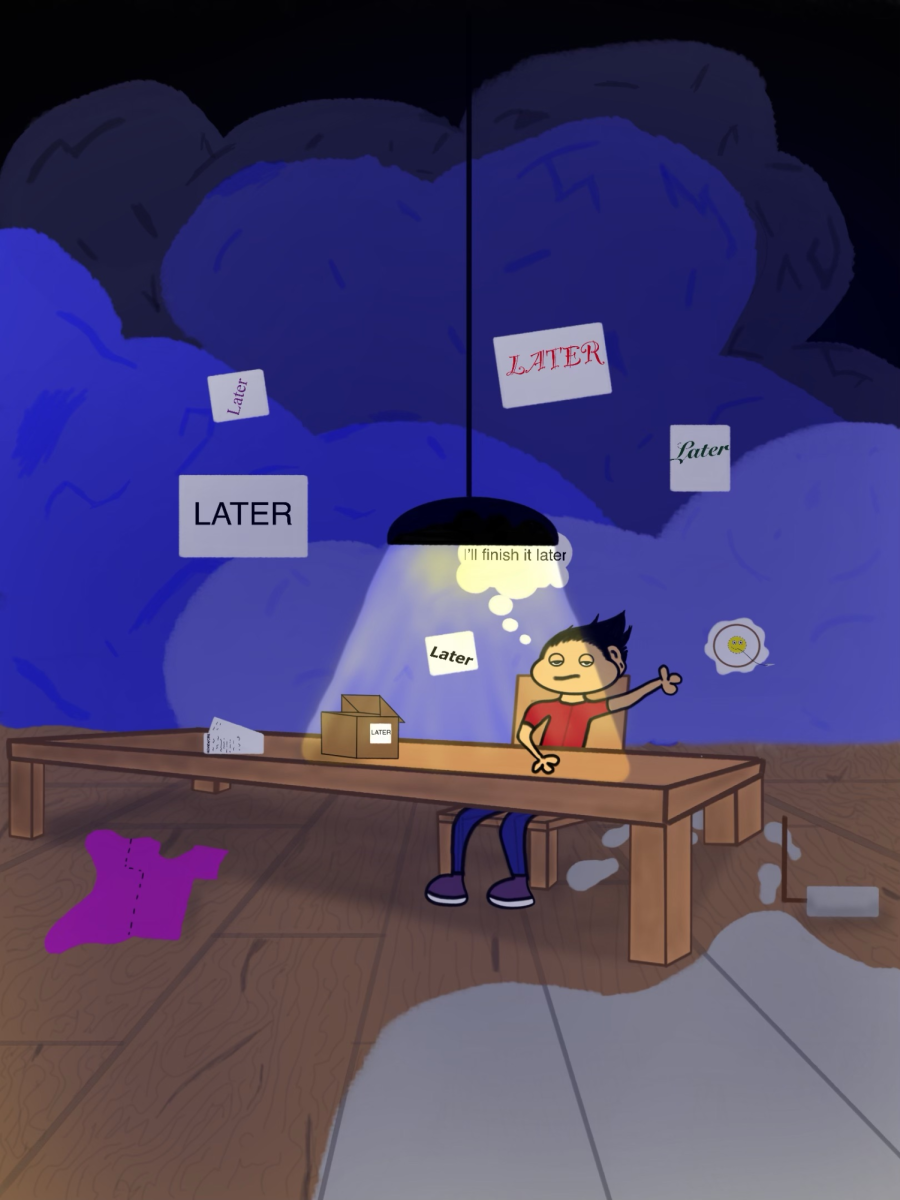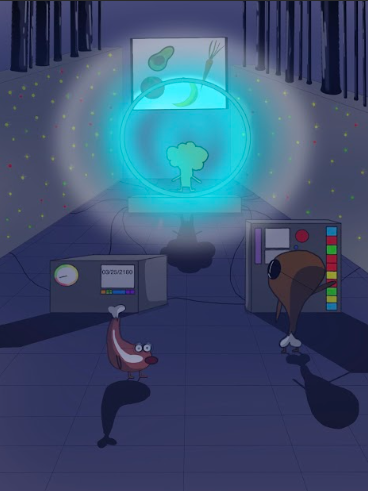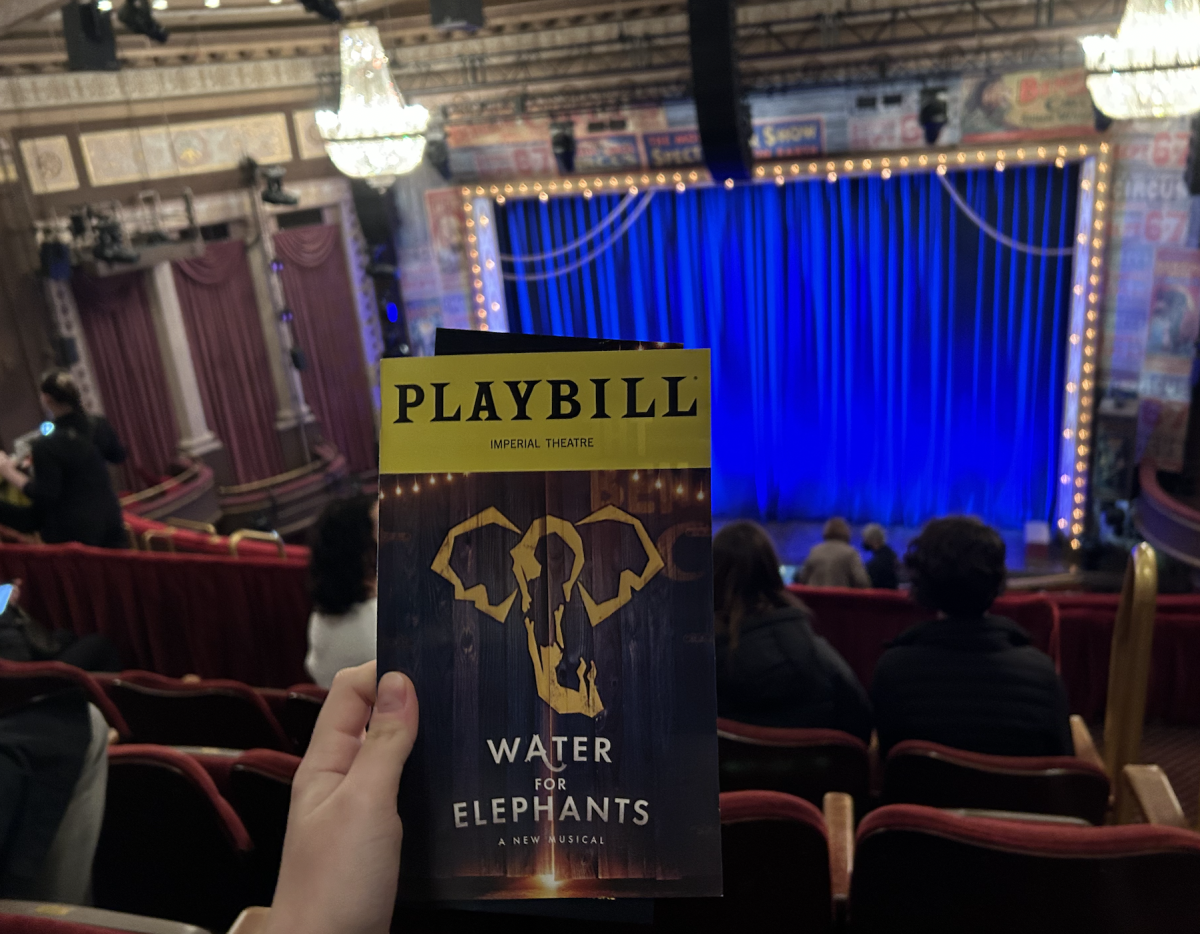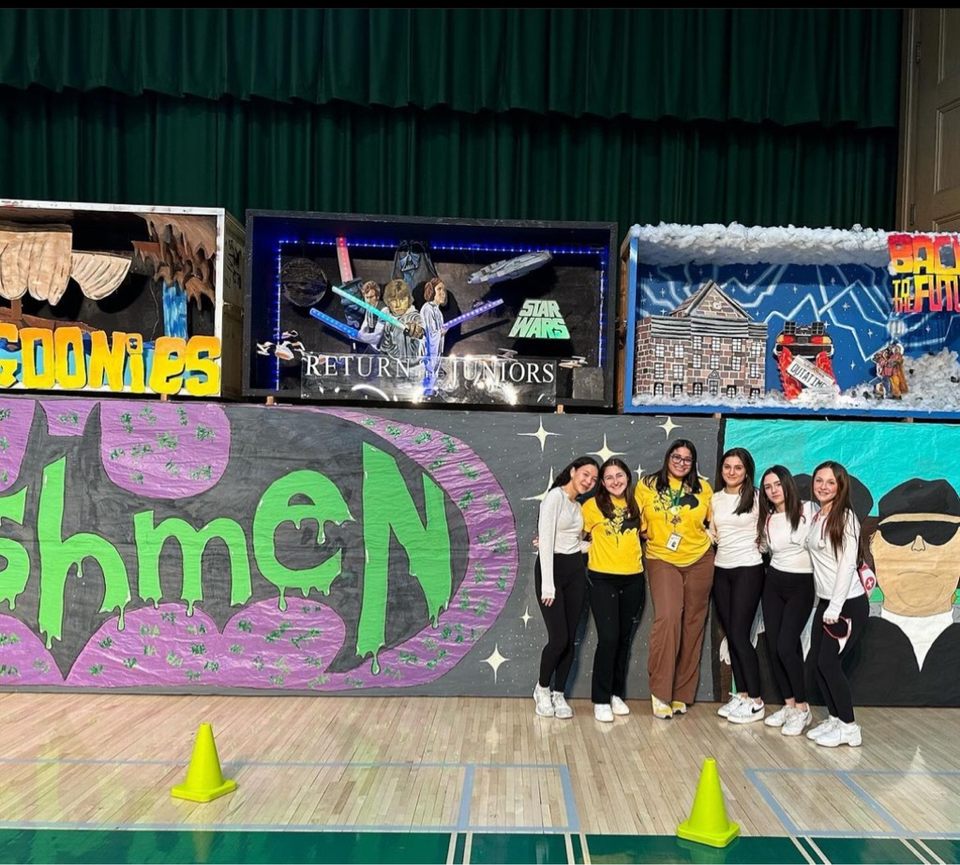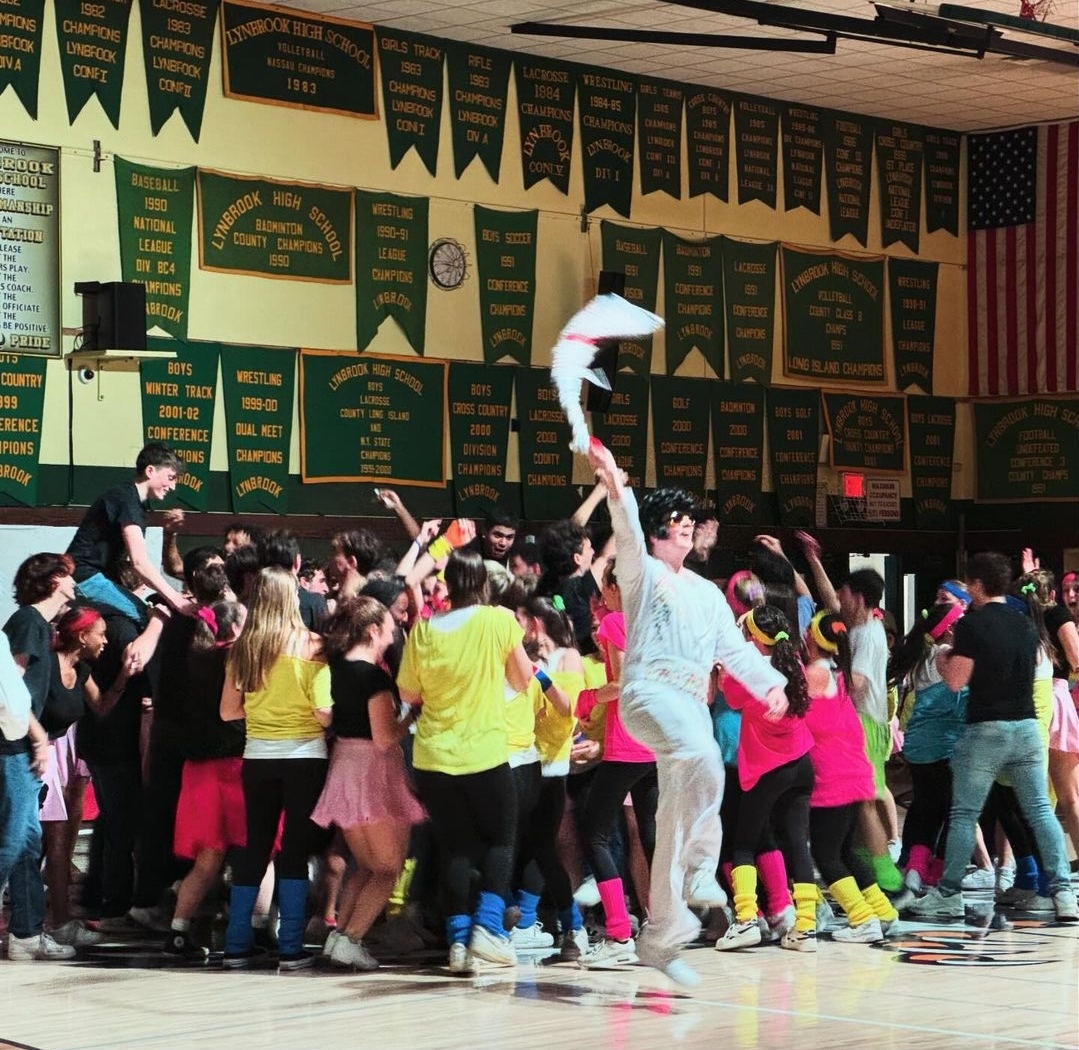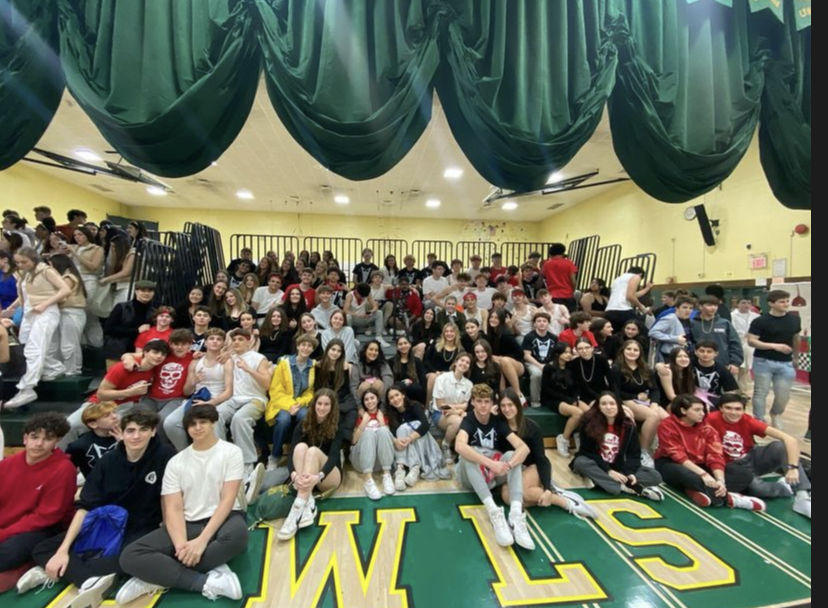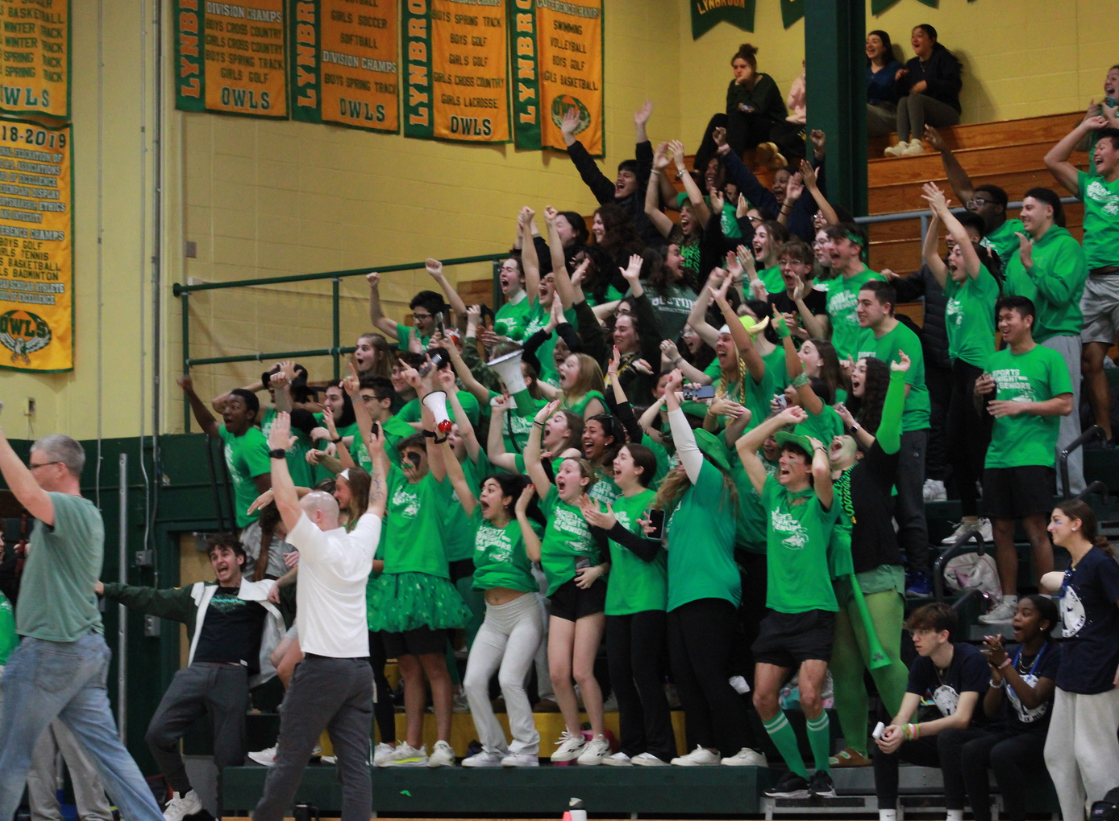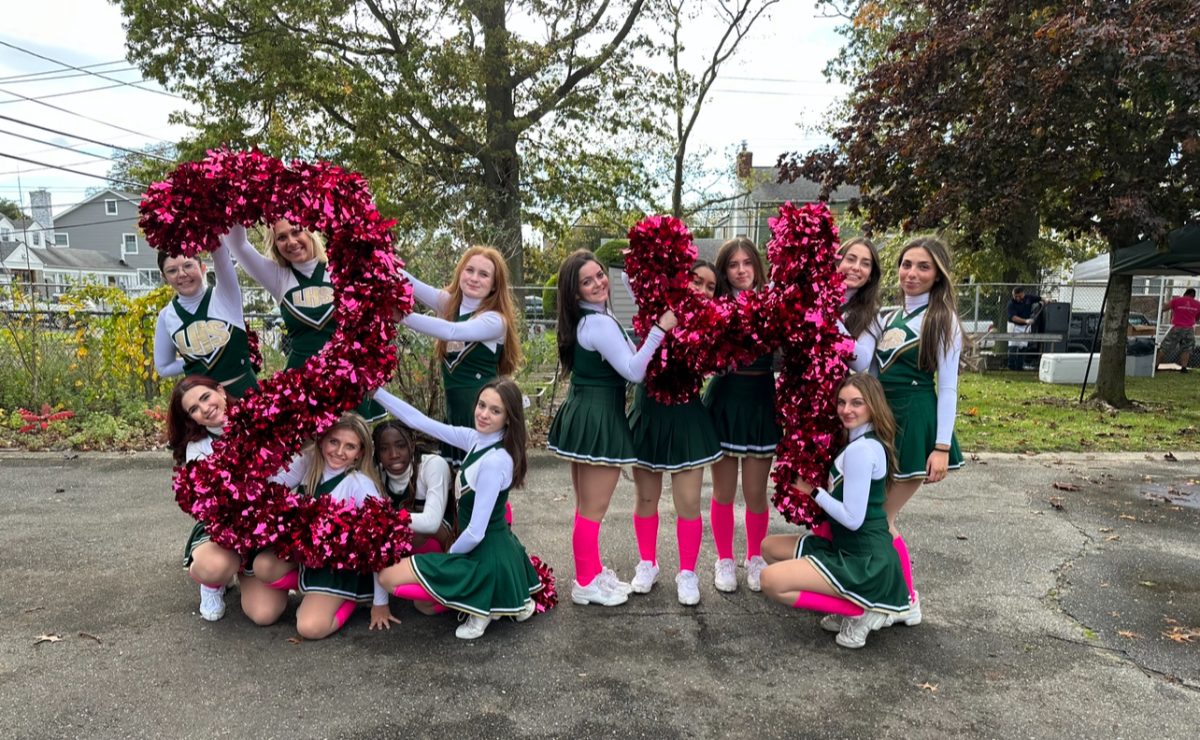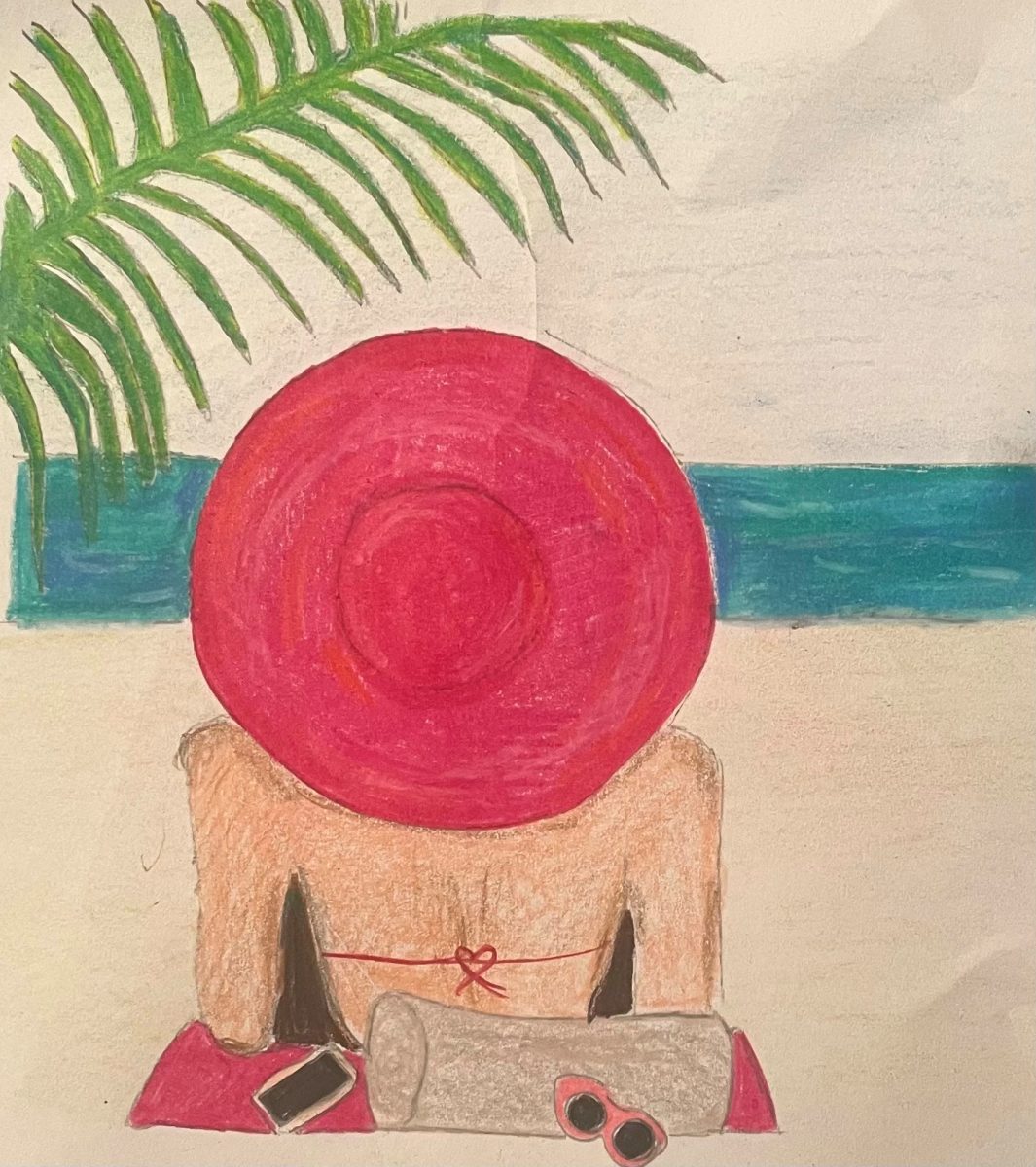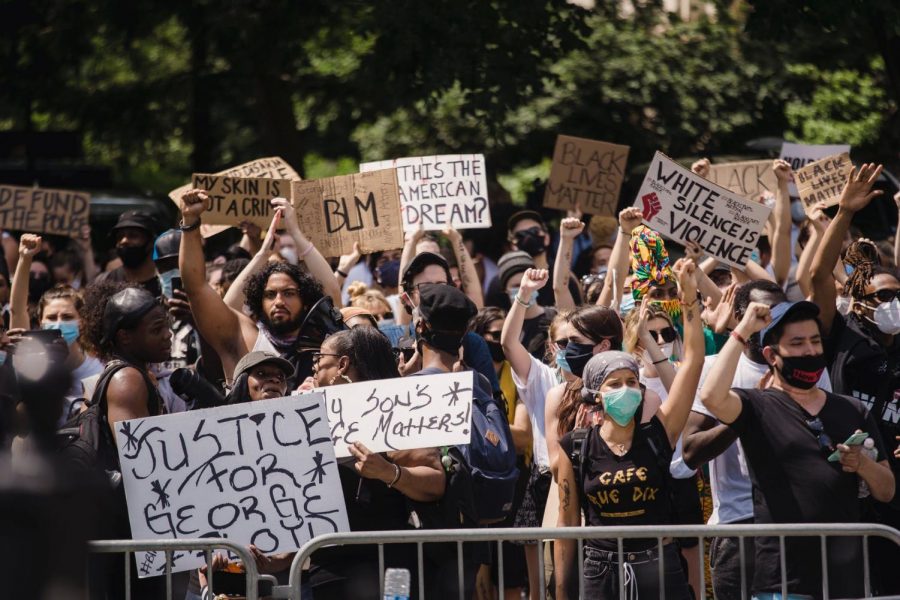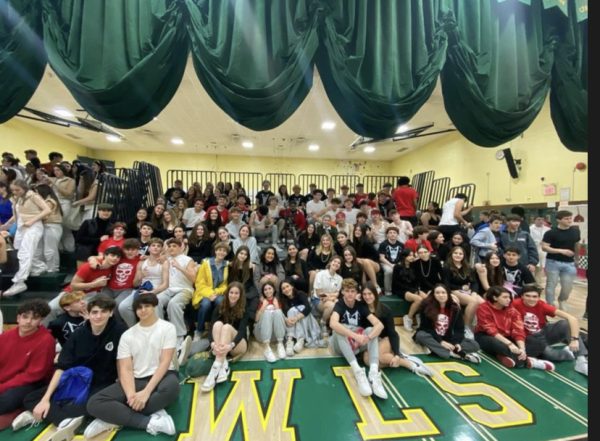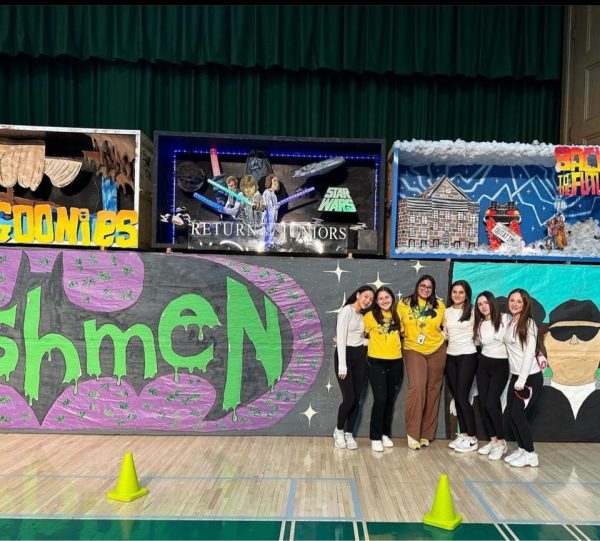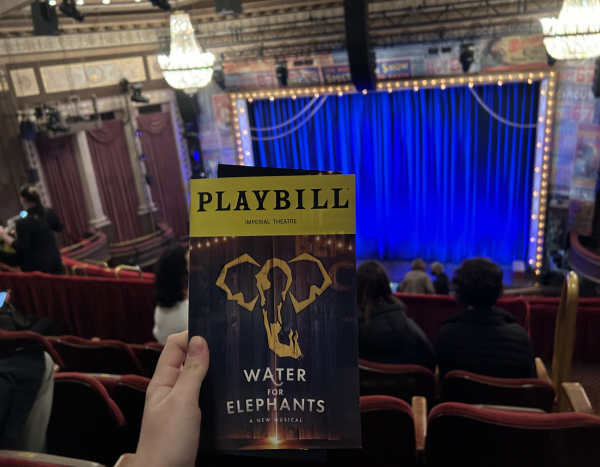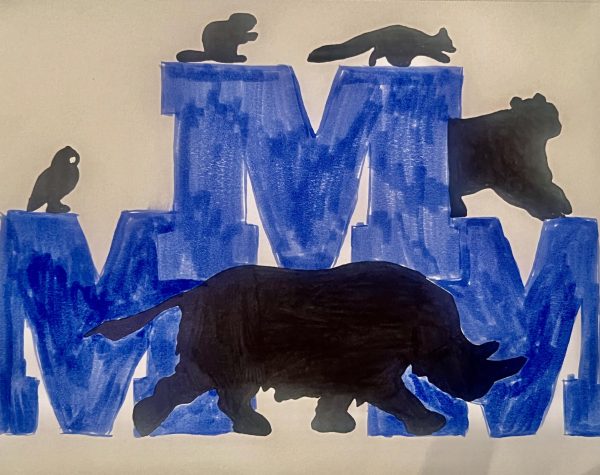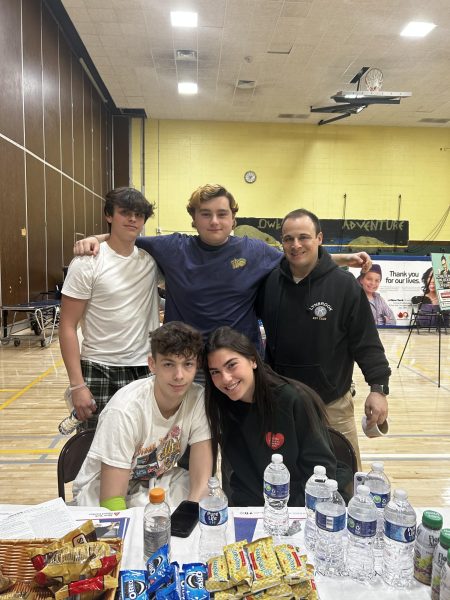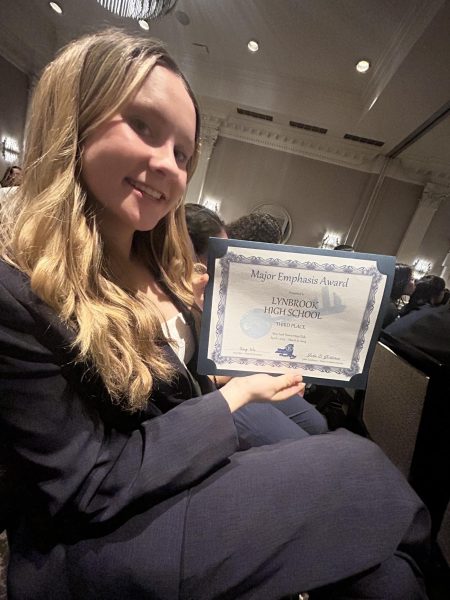Will Burning Tempers Fuel Another COVID Outbreak?
According to the first amendment of the United States Constitution, “Congress shall make no law…abridging…the right of the people peaceably to assemble.” People have taken advantage of this right during the past few weeks. Millions of people worldwide have attended antiracism protests in honor of George Floyd, who was killed as a result of police violence on Memorial Day in Minneapolis, Minnesota. But what about social distancing? The federal government recommends that people stay at least six feet apart and that gatherings not exceed ten people in size. These guidelines are virtually impossible to adhere to during protests. That means that the virus may spread more easily, possibly causing a resurgence of COVID-19, which states have worked hard to suppress over the past few months. In fact, according to The New York Times (nytimes.com) in an article entitled “Protests Draw Shoulder-to-Shoulder Crowds After Months of Virus Isolation,” more than 1,000 new cases were identified in Minneapolis last week. Although it is unclear how many of those new cases were spread through the protests, epidemiologists are certain that a good number of them were. “I expect there may be a spike in cases due to the lack of social distancing during the protests,” stated Doctor Dwayne Breining, Northwell Health Lab’s executive director.
There are various ways in which the virus can spread during protests. Yelling and singing shoot particles into the air that may carry the virus. Protesters who have been arrested are placed in jail cells, which are often tiny and cramped. Such close living quarters almost ensures the spread of the virus. Lastly, the tear gas sometimes used by police to control crowds causes people to cough, which will also be certain to spread the virus. If protesters fail to wear masks, or do not completely cover their noses and mouths with one, then they are putting themselves at an even higher risk of contracting COVID-19.
Although protests are particularly dangerous health-wise, there are some factors that may help to hinder the spread of the virus. According to Slate’s website (slate.com) in an article entitled “How Much Should You Be Worried About a COVID-19 Spike from the Protests,” being outdoors is somewhat helpful; bursts of wind and breezes help to dilute the virus. Also, with summer fast approaching and temperatures already climbing, it is possible that COVID will not spread as quickly as usual because the hot weather may destroy it. Next, the wearing of masks by protesters (and the public in general) helps to limit the spread of the virus. Finally, the majority of protesters are not of old age, reducing their risk of getting deathly ill if they happen to contract the disease. “The only thing that has lowered the case numbers so far has been the distancing, handwashing, and mask precautions people have observed,” commented Breining.
Protesters must weigh the risks of gathering in large crowds with the importance of their beliefs. Many have called racism and police violence a health emergency in itself and believe that it is far worse than any virus. “COVID is a big problem that is a risk to the whole world. My father works in a SUNY hospital where it was horrible there in April due to the countless cases,” freshman Lola Sokolskiy stated. “Even so, innocent lives being taken due to racism is not acceptable and should be fought. As long as the people who choose to protest know that they are healthy and are protecting themselves from endangering their health, then the protests are more important,” Sokolskiy added. Freshman Alyssa Inserra commented, “COVID has proven to be deadly, and in situations like these, the virus can easily spread. However,” she added, “this is an issue that is on track for a solution. We don’t know when a solution for racial injustice will be. If people are protesting the right way and taking necessary precautions, then they are doing the right thing.”
Between the COVID-19 pandemic, violence, racism, and mass protests, life can seem very scary and hopeless at the moment. But one must not lose hope. In New York, the number of both new cases and deaths from the virus has been gradually declining over the past couple of months. By doing one’s part by adhering to social distancing guidelines and wearing masks in public places, that number will eventually drop to zero. As it has with every other outbreak in history, life will eventually return to normal.

I am a member of the Class of 2023 as well as one of the editors-in-chief of the print edition of Horizon. I enjoy reading, playing the violin, and using...

